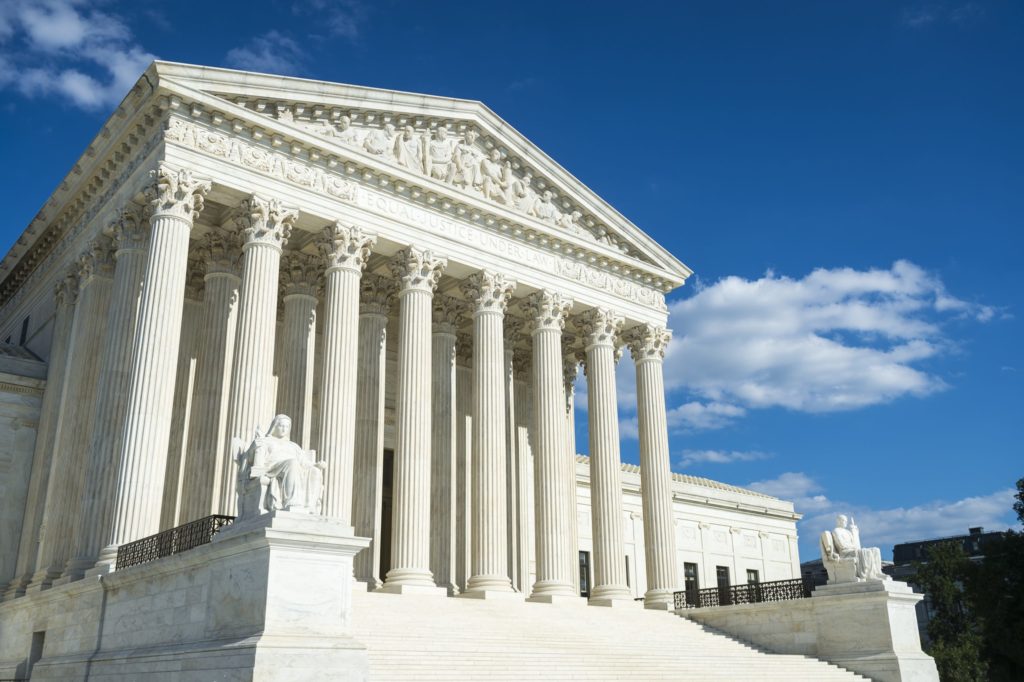Precedents! Precedents! Get your FREE precedents!
Senators have been invoking precedents from the Clinton impeachment as a model to follow today. For example, Roy Blunt, R-Mo., remarked shortly before the trial began, “My belief is that what happened last time probably produces the logical way to decide whether you need witnesses or not, which is present your case … and then the Senate can decide or not, just like they did last time, whether we need witnesses or not.”
Not to go unmentioned is the notorious “milk precedent” from 1966 that has amused congressional reporters covering the trial.
Precedents are the backbone of our common law legal tradition, whose origins predate the independence of the United States by several centuries. Precedents in congressional procedure have the same function as in the judicial sphere: to promote consistency, stability, predictability, and reliability. Precedents allow actors in the present to step aside from the controversy of the day and consider rules in the abstract. How were such cases decided previously? What factors influenced those decisions? In an environment where competing sides are struggling to attain some specific outcome, invoking the past (when such specific outcomes were never contemplated) is a tried and true method of remaining neutral and unbiased.
Having a body of common law precedents available to aid procedural decision-making is thus crucial for the fair application of Congress’s rules. And while attention is now understandably focused on the Senate and its procedural precedents, flying under the radar this month was the House’s publication of its latest volume of procedural precedents . Since 1907, the House has published almost 30 volumes cataloging the procedural rulings of its Speakers. Originally published under the names Hinds’, Cannon’s, and Deschler’s Precedents (after the parliamentarians who compiled them), the modern series is entitled simply Precedents of the United States House of Representatives .
As the Senate continues on its procedurally perilous path, strewn with the debris of prior parliamentary nuclear wars, Senators may find it worth their time to look over at how the body on the other side of the Capitol maintains its “common law.” Regular publication of Senate precedents would dissipate some of the uncertainty that has grown around Senate rules and bring the chamber back to orderly deliberation under fixed rules of proceeding.
Thomas Jefferson, who wrote the first U.S. book on parliamentary procedure as Vice President, knew the value of “a uniformity of proceeding….not subject to the…captiousness of the members.” It is perhaps time for the Senate to follow the advice of its former presiding officer and aim for that kind of system of regular order.







